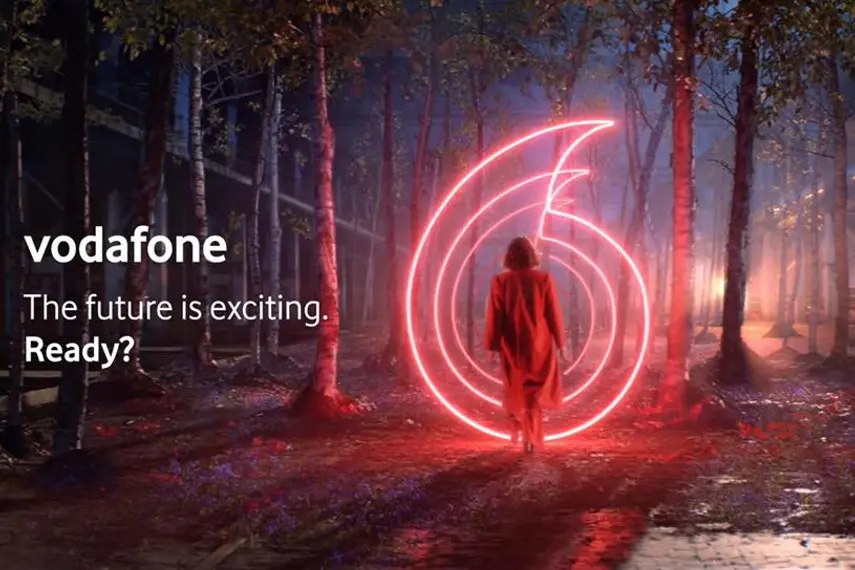According to S&P Global Platts Analytics' latest assessment, light-duty electric vehicle sales reached new highs of 6.3 million units in 2021, up 102% year on year. This figure is projected to rise to 26.8 million units in 2030.
EV sales more than doubled year on year during 2021, while internal combustion engine car sales grew 2.8% year on year, according to Platts Analytics' Future Energy Outlook Special report.
The revised 2030 outlook is up 23% from the prior projection made in June 2021, with Platts Analytics Low Carbon Transport Analyst David Capati saying Feb. 16 the figure has grown thanks to several factors, such as increased consumer adoption momentum and heightened policy support and pressures.
“We’ve seen governments all over the world introduce legislation to fund the expansion of EV charging infrastructure, increased domestic EV production capabilities, and several countries even have ICE sales phase-out targets or bans in place as early as 2025,” Capati said.
“Automakers globally have also pumped in more than half a trillion dollars to ramp up all aspects of their EV capabilities in the next decade,” he continued.
He said that in several regions around the world, the cost of owning an EV compared to an ICE vehicle was already lower over the lifetime of the vehicle, compared to ICEs, though this was dependent on several factors, including subsidies, road taxes, fuel costs, and driving behaviour of the area.
“We expect first-time EV purchase prices to keep falling as we move through the decade. We now expect EV battery costs to drop to less than $100/kWh by 2026, increasing the broad cost-competitiveness of EVs versus ICE vehicles, without subsidy. We think that the results of these factors are going to build consumer confidence that EVs are a sensible purchase,” Capati said.
EV battery cell prices were nearly $140/kWh in 2021 but had decreased by 60% since 2015, even as demand for battery metals, like cobalt and lithium, that enhance the prices of these raw materials, has grown, according to the report.
Platts' seaborne lithium carbonate assessment was up year on year 555.6% at $59,000/mt CIF North Asia Feb. 16, while hydroxide was also higher up 450% at $55,000/mt CIF North Asia. Likewise, Platts' cobalt hydroxide assessment climbed 106.2% year on year to $29.90/lb Feb. 16.
“Battery spot prices are skyrocketing to unprecedented levels right now. This is because of the spike in EV demand that supply is yet to match, plus COVID-related restrictions shaking production centers as well as the shipping ports,” Capati told Platts.
Battery Material Supply
There had been record financing of battery metal mining operations in resource-rich parts of the world, like South America, Australia, and China, however, he noted, cheap battery raw material prices had met record financing.
“We expect lithium and cobalt to peak in price in 2022 when enough supply comes online, combined with operational relief, and for the price to fall and stabilize at a level to meet demand.” In addition, the demand for lithium and other battery metals could be reduced as battery efficiencies improve, chemistries evolve, and battery cell recycling processes develop,” Capati said.
Global lithium demand from EVs is expected to reach 250,000 mt in 2030, 550,000 mt in 2040, and 780,000 mt in 2050, according to the report from Platts Analytics, which said that cumulatively, EVs would demand 12.5 million mt of lithium by 2050.
High raw material costs will cause battery prices to rise slightly year on year in 2022, according to Platts Analytics, while declining once again after that, making EV vehicles more broadly cost-competitive with ICE vehicles, and without subsidies.
This will be driven in part by the shift to lithium iron phosphate, or LFP, from nickel magnesium cobalt, or NMC, cathodes which when combined with the elimination of cobalt and nickel in favor of more plentiful, hence cheaper, phosphate and iron will sit with a lower cost battery pack, and therefore lower overall EV costs, Platts Analytics said.
Despite the rapid growth of EV sales, Platts Analytics said that the global light-duty vehicle fleet for the next several decades would remain structured around ICE vehicles because all existing and future ICE vehicles in the fleet would need to age to retirement.
But Platts Analytics estimates there will be 1.8 million b/d of petroleum-based road transport fuel displaced by the global light-duty passenger vehicle EV fleet in 2030, and these vehicles will need 303 TWh/a of electricity for charging.



















